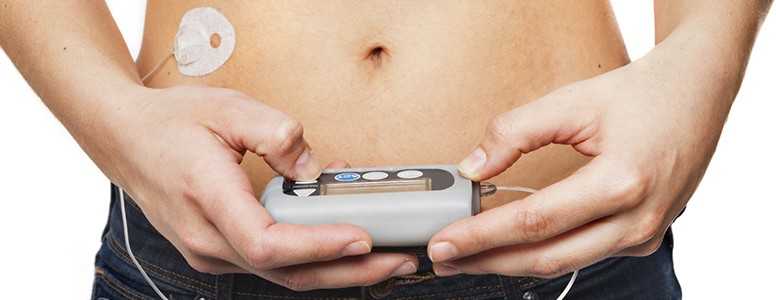A key NHS audit shows that 90% of people with type 1 diabetes who use an insulin pump reach their target goal for limiting hypoglycemia.
NHS Digital’s National Insulin Pump Audit 2016-2017 also shows that on average pump users have lower HbA1c levels compared with those on alternative insulin regimens, such as multiple daily injections.
Also known as continuous subcutaneous insulin infusion (CSII), insulin pump therapy involves the user wearing a device that delivers the body with a steady stream of insulin.
The audit, which involved 55 health centres from around England, collected information about the number of people who use insulin pump therapy and how the treatment affects their diabetes.
The findings showed nine out of 10 users met targets on minimising hypoglycemia (how often this was experienced), while seven out of 10 met blood glucose targets.
The audit recommends that more people with type 1 diabetes should be considered for insulin pump treatment in line with NICE guidance. But there is still a significant variation of care across the country with the proportion of people with type 1 diabetes attending specialist services that are treated with pumps varying from between 5-40%.
Interestingly, the results suggest insulin pumps are more popular among women, with nearly twice as many females using the treatment compared with men despite the fact there are slightly more males with type 1 diabetes in the population.
Perhaps not as surprisingly, the younger generation are more likely to use an insulin pump. Those who live among deprived areas or communities are less likely to use the therapy.
The report has made a series of recommendations for increased pump access and use, including better communication from GPs about the treatment’s benefits, and improved understanding of the pump’s benefits for patients.
To be eligible for an insulin pump a person must be 12 years or older. The likelihood of receiving a pump is higher if multiple daily injections result in a person having ‘disabling hypoglycemia’, or being unable to reach recommended HbA1c levels.





